
Best Borewell and Repair Services
Water scarcity is a growing concern in many parts of the world, and homeowners often rely on borewells to access groundwater for their daily needs. Borewells have become a vital source of water supply in regions where public water systems are either inadequate or inconsistent. However, choosing the right location for your borewell can make all the difference in the efficiency, cost, and longevity of your water supply. This article aims to guide you through the process of selecting the best borewell location for your home and ensure that you achieve the maximum benefit from your bore hole drilling.
Borewells and Bore Hole Drilling
Before diving into the process of choosing the right location, it's essential to understand what a borewell is and how bore hole drilling works.
A borewell is a deep, narrow well that taps into underground aquifers to access groundwater. The water is drawn up using pumps installed at different depths depending on the water table and aquifer level.
Bore hole drilling involves using specialized drilling equipment to create a deep vertical hole in the ground to access these aquifers. The drilling depth varies depending on the geographical region, water table level, and geological conditions.
Now that we have a basic understanding of borewells and bore hole drilling, let's explore the critical factors to consider when choosing the right borewell location.
1. Geological Survey and Soil Testing
The first and foremost step in deciding on a borewell location is conducting a thorough geological survey and soil testing. This helps in understanding the soil structure, rock layers, and water-bearing zones (aquifers) beneath your land.
Geological Survey: You can hire professional geologists or hydrogeologists who will conduct a detailed survey of your land. They use various techniques such as resistivity surveys or magnetic surveys to detect the presence of water below the surface. These methods help identify the depth and location of water-bearing rocks or fractures where groundwater is likely to be found.
Soil Testing: The quality and type of soil can affect the borewell’s longevity. For instance, sandy soil may cause the borewell to collapse over time, whereas clayey soil can affect water flow. Soil testing will help determine the most suitable location based on the ground's structural integrity.
By conducting a geological survey and soil testing, you can avoid the risk of drilling in areas with little or no water, saving both time and money.
2. Water Table and Aquifer Depth
The next step in selecting the right borewell location is understanding the water table and aquifer depth. The water table is the level at which groundwater is found below the surface. Aquifers are underground layers of permeable rock or sediment that hold water.
Water Table Fluctuations: The water table fluctuates seasonally, so it’s crucial to know the depth of the water table during different times of the year. For instance, the water table might be higher during the rainy season but significantly lower during the dry season. Choosing a borewell location with a stable water table is key to ensuring a reliable water supply year-round.
Aquifer Depth: Drilling to reach deeper aquifers often yields a more reliable water supply, especially in areas where the shallow water table dries up quickly. A professional hydrogeologist can help determine the best depth for your bore hole drilling to access sustainable groundwater sources.
3. Proximity to Contaminants
Water contamination is a serious concern when it comes to borewell water. Choosing a borewell location too close to potential contaminants can render the water unsafe for drinking or domestic use.
Septic Tanks and Sewage Lines: Ensure that the borewell location is far from septic tanks, sewage lines, or any other source of domestic or industrial waste. Groundwater near these systems can become contaminated with harmful bacteria, chemicals, or pathogens.
Agricultural Fields: Avoid locating the borewell near agricultural fields that use pesticides, fertilizers, or other chemicals. Runoff from these fields can seep into the groundwater and contaminate it.
Landfills or Dumpsites: Borewells located near landfills or dumpsites are at a higher risk of contamination due to the leaching of toxic substances into the groundwater. Always maintain a safe distance from such areas.
By considering these factors, you can minimize the risk of contamination and ensure that your borewell provides clean and safe water.
4. Environmental and Legal Considerations
When selecting a borewell location, it is essential to factor in environmental and legal considerations that may affect the viability of the borewell in the long term.
Groundwater Regulations: Different regions have different regulations regarding groundwater extraction. Make sure to familiarize yourself with local laws and obtain the necessary permits before starting the bore hole drilling process. Violating these regulations can lead to fines, legal action, or even the closure of your borewell.
Environmental Impact: Over-extraction of groundwater can lead to environmental issues such as groundwater depletion or soil subsidence. It is essential to consult environmental experts to assess the long-term impact of your borewell on the local ecosystem. This will help in ensuring that you don’t exhaust groundwater resources or cause irreversible damage to the land.
5. Borewell Placement on Your Property
The borewell’s location relative to your home and other structures is another critical consideration. The placement should ensure that the borewell is easy to access for maintenance while avoiding structural issues.
Distance from the House: Avoid placing the borewell too close to your home. Drilling a borewell too near your house’s foundation can lead to structural damage due to subsidence or underground shifts. A distance of 15 to 20 feet is generally considered safe, though this may vary based on local regulations and geological conditions.
Accessibility: Ensure that the borewell location is easily accessible for drilling equipment and future maintenance. You don’t want to place it in an area where it will be difficult to perform repairs or replace components such as the pump.
Sloping Land: If your property is on a slope, place the borewell at a higher elevation to reduce the risk of surface water contamination. Water running downhill can carry contaminants, which could seep into the borewell if it is placed at a lower elevation.
6. Choosing the Right Bore Hole Drilling Technique
The method of bore hole drilling used to create your borewell can significantly affect the water yield and borewell’s longevity. Here are some of the common bore hole drilling methods used:
Rotary Drilling: This method is widely used for deeper borewells. It involves rotating a drill bit into the ground to cut through various soil and rock layers. It is highly efficient and can reach great depths, making it ideal for areas where groundwater is located deep below the surface.
Percussion Drilling: This method involves repeatedly lifting and dropping a heavy tool to break through rock layers. Percussion drilling is less common than rotary drilling but can be effective in hard rock areas.
Auger Drilling: This method uses a helical drill bit to remove soil from the bore hole. It is more suitable for shallow borewells in soft soil or sandy regions. It is faster and less expensive than other methods, but it may not be as effective for deep water extraction.
The choice of drilling method depends on several factors, including soil composition, rock hardness, and water table depth. Consulting with a professional borewell contractor is essential to selecting the most appropriate method for your specific situation.
7. Seasonal Considerations
The time of year when you plan to drill your borewell can also influence the location and success of the bore hole drilling process. Groundwater levels vary throughout the year, particularly in areas with distinct wet and dry seasons.
Rainy Season: While drilling during the rainy season may seem like a good idea due to the higher water table, it can sometimes lead to inaccurate assessments of long-term water availability. The water table may drop significantly during the dry season, rendering a borewell drilled during the rainy season ineffective.
Dry Season: Drilling during the dry season is often a better option because it allows you to assess the actual water table depth when water levels are at their lowest. This ensures that the borewell will provide water even during droughts or dry periods.
Consulting a local expert familiar with seasonal variations in groundwater levels will help you decide on the best time to drill your borewell.
8. Expert Consultation and Contractor Selection
Selecting the right contractor for bore hole drilling is just as crucial as choosing the right location. The expertise and experience of your contractor can make a significant difference in the quality of your borewell.
Licensed Contractors: Ensure that the contractor you hire is licensed and certified by local authorities. This ensures that they follow the necessary regulations and use the correct drilling techniques.
Experience and Reviews: Look for contractors with extensive experience in borewell drilling. Ask for references from previous clients to gauge their reputation and quality of work.
Post-Drilling Services: Choose a contractor who offers post-drilling services such as pump installation, water quality testing, and maintenance. This ensures that your borewell remains functional and efficient for years to come.
9. Maintenance and Long-Term Sustainability
After the borewell is drilled, it’s crucial to maintain it properly to ensure long-term sustainability. Regular checks and servicing of the borewell system, including the pump and pipelines, are essential to avoid blockages, contamination, or depletion of water.
Water Quality Testing: Periodically test the borewell water for contamination, especially if you live near agricultural land or industrial areas. Regular water quality testing will help detect any harmful contaminants early.
Pump Maintenance: The borewell pump should be serviced regularly to ensure smooth operation. If the pump fails, it can lead to significant downtime and costly repairs.
Recharging the Borewell: In areas with low rainfall, consider installing a rainwater harvesting system to recharge the borewell. Rainwater harvesting can help replenish groundwater levels and ensure a sustainable water supply.
Conclusion
Choosing the right borewell location for your home is a critical decision that requires careful consideration of geological, environmental, and practical factors. From conducting a geological survey and soil testing to understanding the water table and selecting the right drilling technique, every step plays a crucial role in ensuring the success of your bore hole drilling project.
By following the guidelines outlined in this article, you can make informed decisions that will provide you with a reliable and sustainable water source for your home. Whether you're dealing with water scarcity or seeking a more efficient way to meet your water needs, a well-placed borewell can be the key to long-term success.
FAQ’s
1. What is the ideal depth for borewell drilling?
The ideal depth for borewell drilling varies based on the region, but typically ranges between 100 to 300 feet, depending on the water table and geological conditions.
2. How can I find the best location for my borewell?
Conduct a geological survey and soil testing to identify water-bearing zones and ensure the location is far from potential contaminants like septic tanks or agricultural fields.
3. When is the best time of year to drill a borewell?
The dry season is usually the best time, as it reflects the lowest water table, ensuring long-term water availability.
4. What is the cost of bore hole drilling?
The cost varies based on depth, location, and drilling method, typically ranging from ₹40,000 to ₹1,50,000 or more in India.
5. How often should I maintain my borewell?
Regular maintenance, including pump servicing and water quality testing, should be done annually to ensure efficiency and safety.


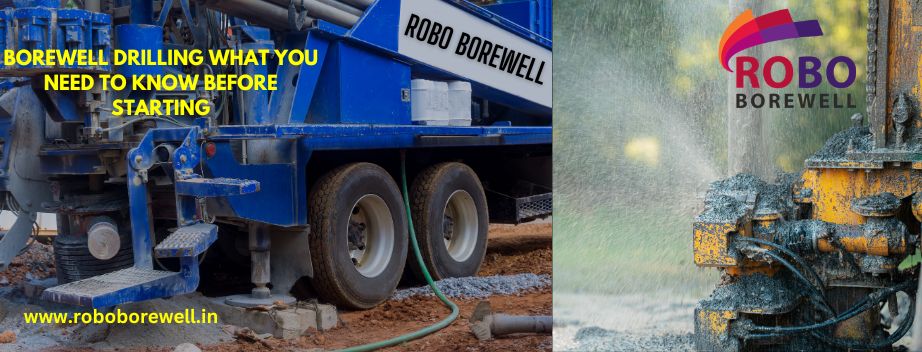


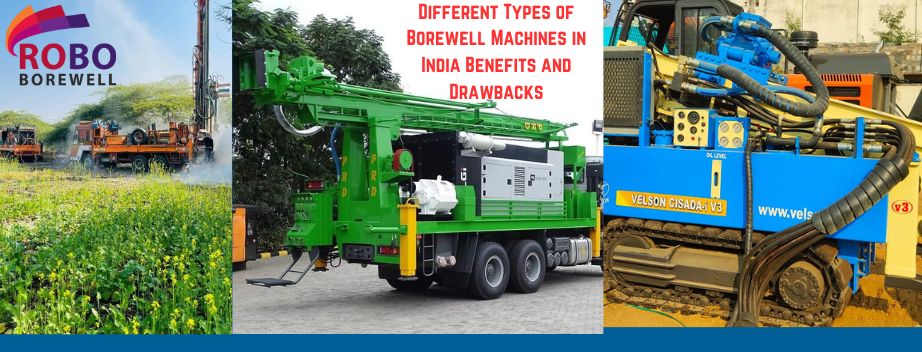
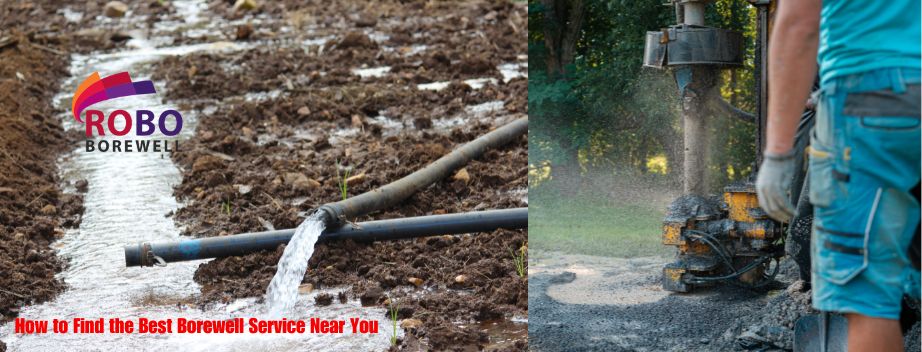

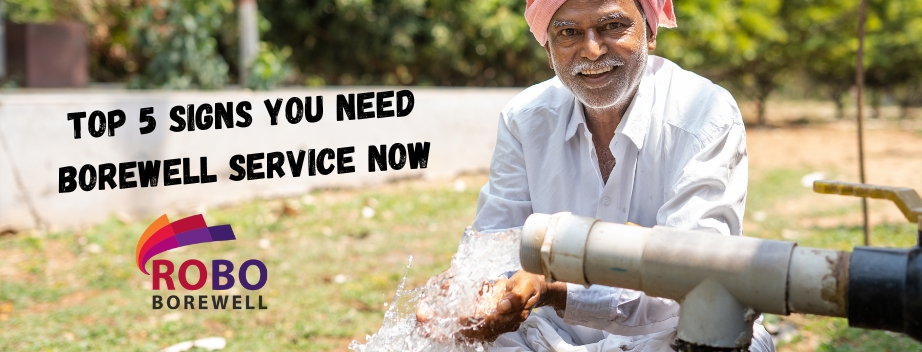
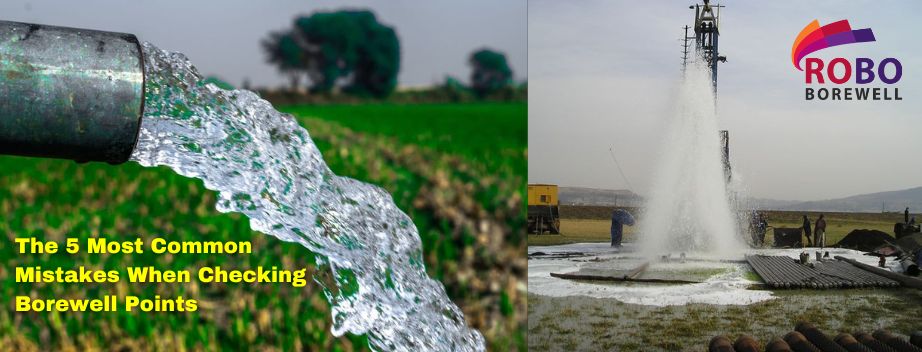
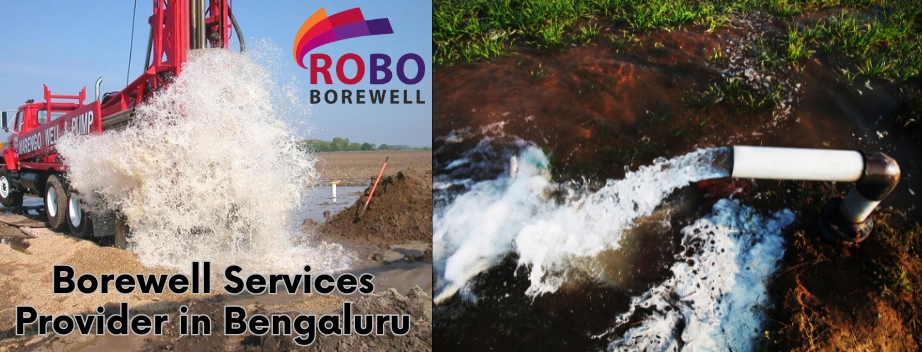
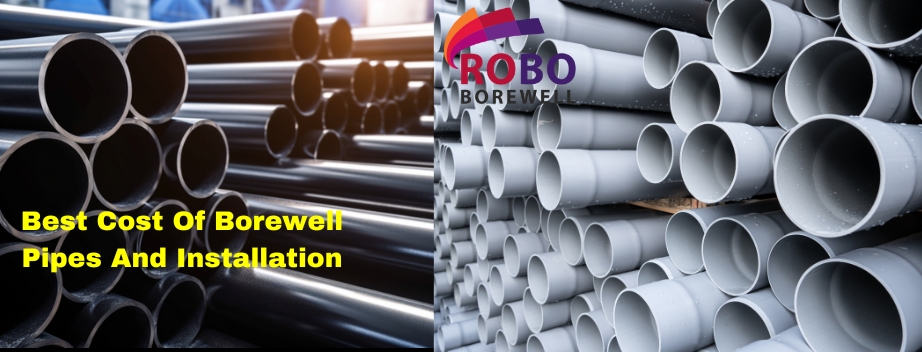
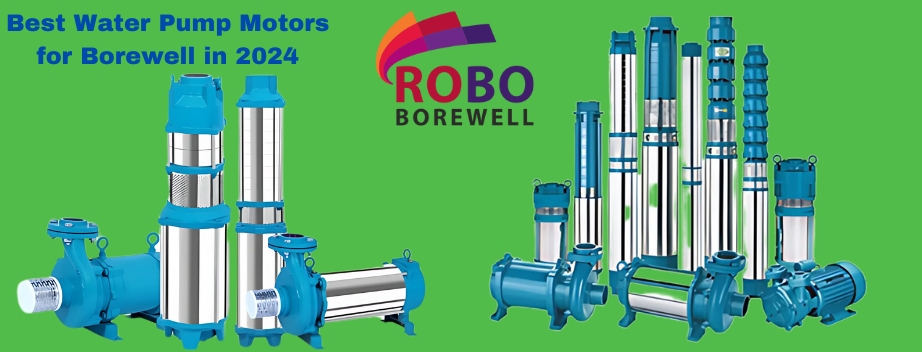
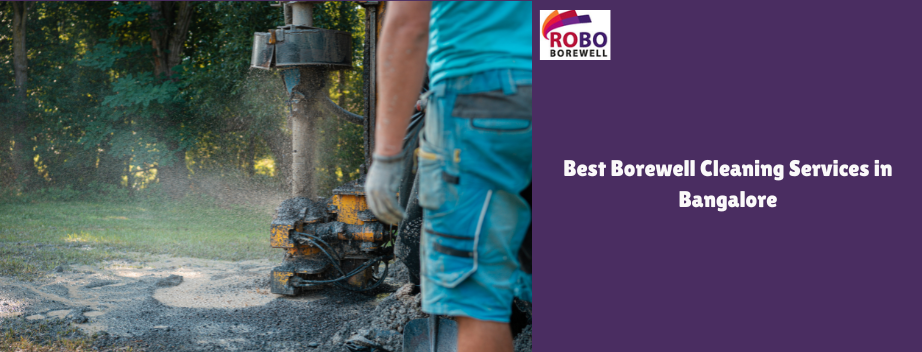


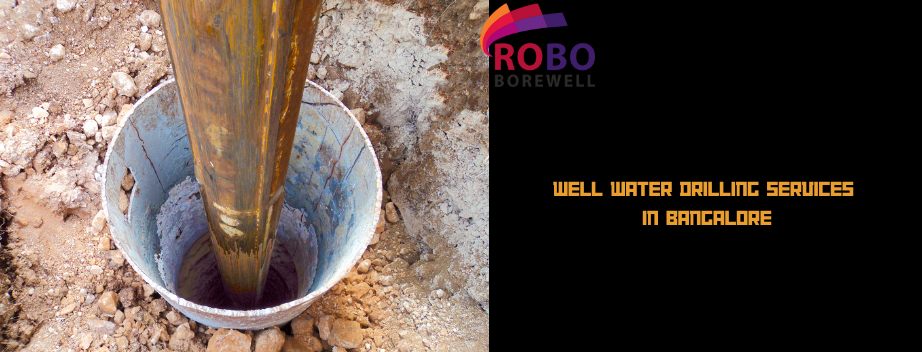
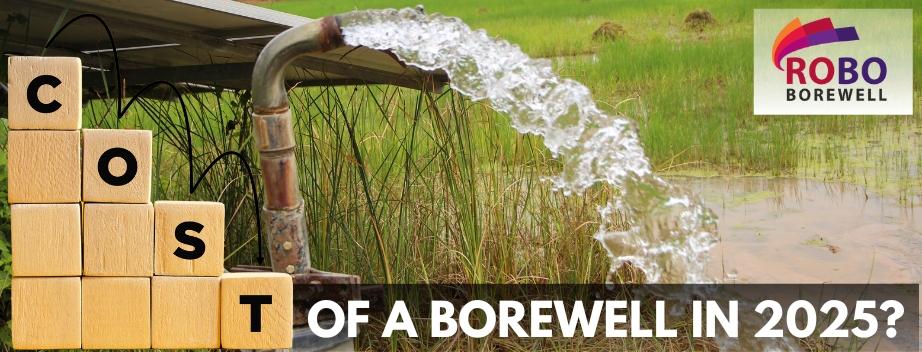

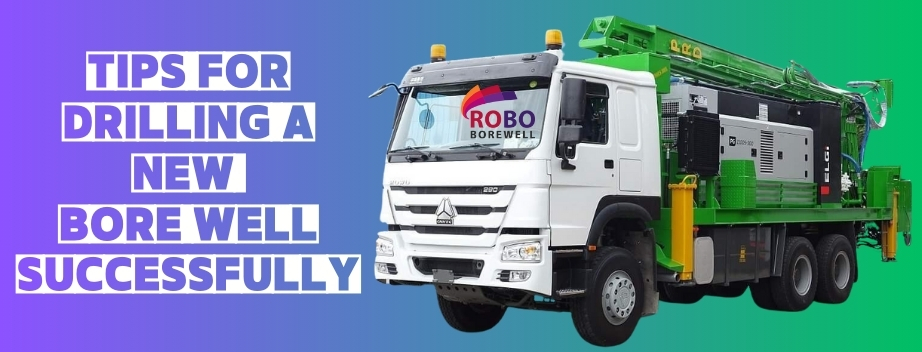
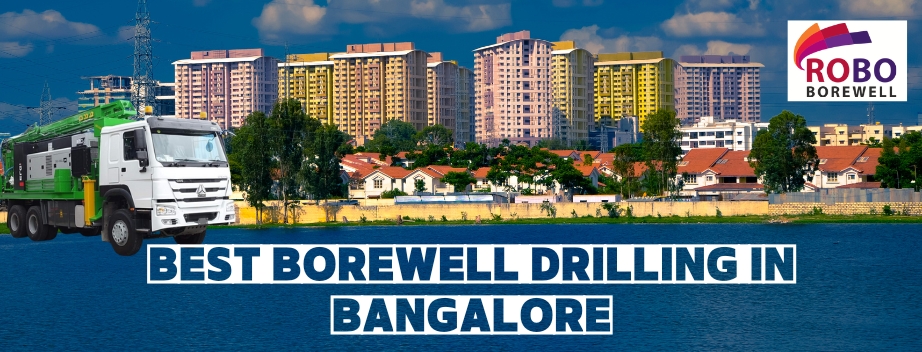
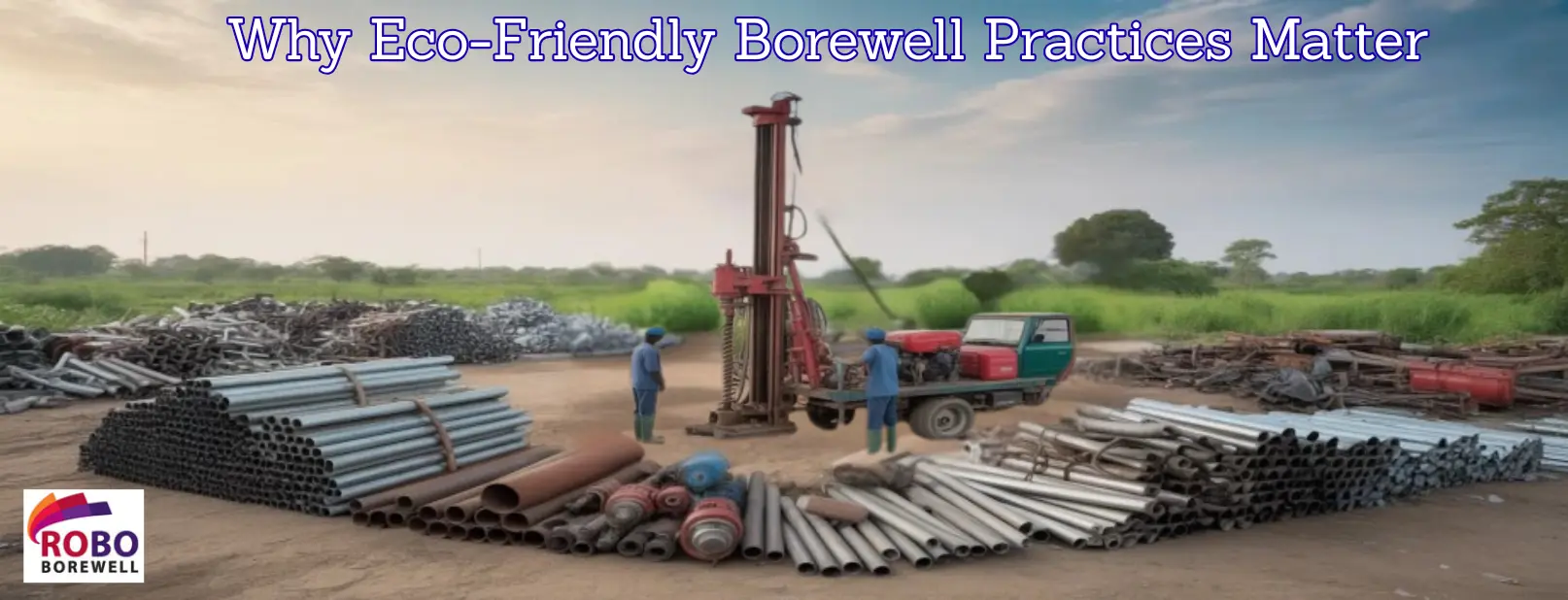
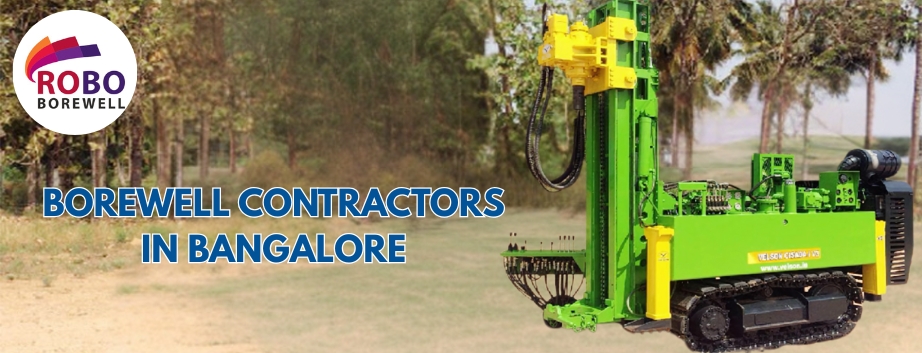
Add a comment